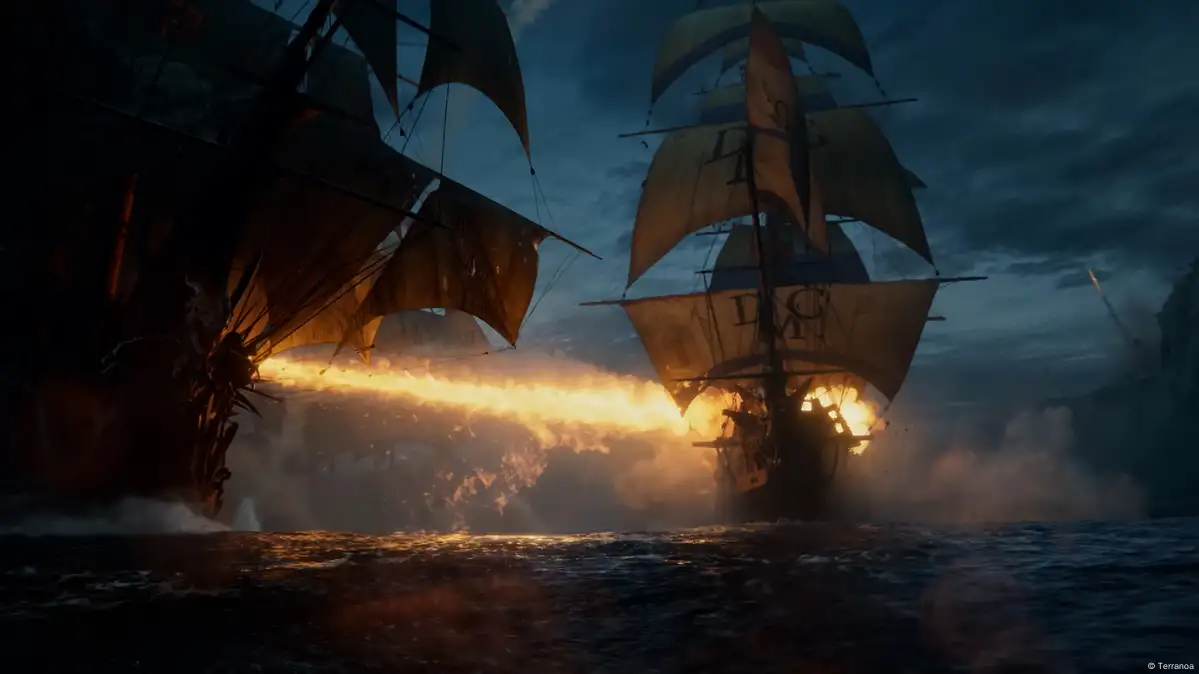Following the historical trail of real pirates

The period between 1690 and 1730 is regarded as the golden age of piracy. Pirates still hold a distinct place in maritime tales and their status as heroes prevails. Does fiction — especially the image created by Hollywood — reflect reality? Until now, very few wrecks of pirate ships have been discovered, and nothing is known about the sailors' daily lives.
Two research missions are looking for answers to these questions on the island of Mauritius and in the bay of Sainte Marie off Madagascar. Archaeologists are examining the ruins of the "Speaker," the ship owned by the famous pirate John Bowen, who died in 1704. Experts are also looking for evidence of his crew's onshore stays. Until now, the history of piracy has mainly been limited to findings in the Gulf of Mexico and the Caribbean. Very few historians have looked into signs of piracy along the beaches of Madagascar. In his research at the National Library of France, archaeologist Jean Soulat from the LandArc laboratory in Paris discovered records that divert his theories in completely new directions that challenge previous notions.
Soulat decided to form an international research team of archaeologists and historians to further investigate piracy. Many aspects of pirates' daily existence — both on land and on the water — are being reconstructed for the first time.